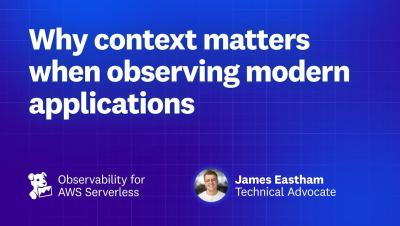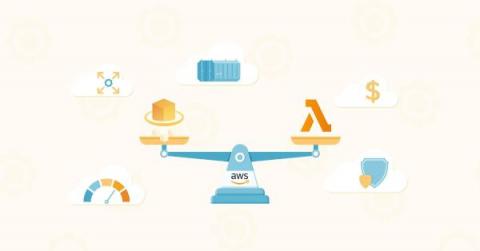Why Context Matters: Mastering Serverless App Monitoring
Hi there, and welcome to the second video in this series on observing AWS serverless applications with Datadog. In this video, you’ll learn how important it is to add custom business context to the telemetry you send to Datadog and how you can use that inside APM to quickly diagnose and debug issues. You’ll walk away with an understanding of the importance of distributed tracing, as well as how you can add specific business context to the telemetry you send.











